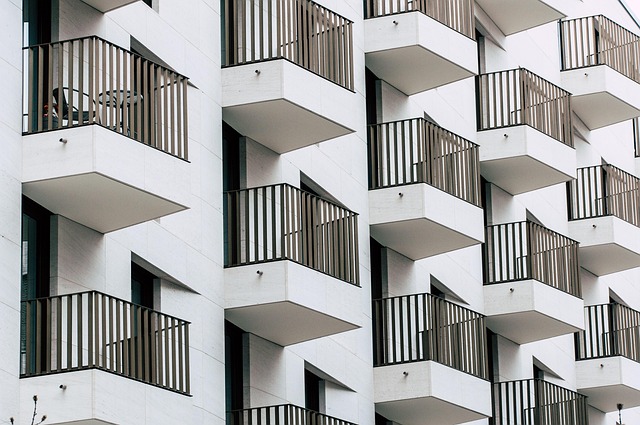
When most people think about fire safety, they picture flames breaking out in their own kitchen or living room. But what if the fire starts next door—or even several floors away? In a shared apartment building, a fire in another unit can still threaten your safety and cause serious damage to your home, even if the flames never reach your door. Understanding these hidden dangers can help you prepare, respond, and protect yourself long before an emergency occurs.
The Threat of Smoke and Toxic Gases
Smoke is one of the fastest-moving dangers in any apartment fire. It can travel through hallways, ventilation systems, plumbing chases, and even small gaps around electrical outlets or light fixtures. This means that even if your apartment isn’t touched by flames, smoke and toxic gases like carbon monoxide can quickly enter your living space. These gases can cause serious health problems and damage your belongings, often before you even realize it’s happening.
Tip: Check that every bedroom and hallway in your unit has a working smoke detector that also senses carbon monoxide. Keep weather stripping on doors in good condition and use door sweeps to help block smoke infiltration.
The Risk of Heat Transfer
In multi-unit buildings, heat from a nearby fire can spread through shared walls, ceilings, and structural supports. Even if flames don’t reach your apartment, intense radiant heat can ignite materials on your side of the wall or damage wiring and insulation. Older buildings without modern fire-stopping barriers are particularly vulnerable to this kind of hidden spread.
Tip: If your apartment complex is older, ask management or maintenance staff when fire-resistant materials or fire stops were last inspected. It’s a fair—and potentially lifesaving—question.
Water and Suppression Damage
When firefighters respond to an apartment fire, they often use thousands of gallons of water to bring it under control. However, that water doesn’t generally stay confined to the affected unit. It can seep through floors, walls, and ceilings, reaching apartments nearby or even several levels below. The result can be soaked insulation, warped flooring, or mold growth if not addressed quickly.
Tip: After a nearby unit fire, check your walls, ceilings, and around windows for dampness. Report any signs of moisture or water stains to building management immediately to prevent mold or electrical issues later.
Utility and System Disruptions
A fire in another apartment can also affect shared building systems—like electrical lines, HVAC ducts, or plumbing. You might experience flickering lights, temporary power outages, or smoky odors circulating through vents.
Tip: Keep a small emergency kit with flashlights, a portable charger, and clean bottled water in case utilities are shut off while firefighters work.
The Takeaway
Even when the flames never reach your door, a fire in another apartment can have far-reaching consequences—smoke damage, heat transfer, water intrusion, and power disruptions. Staying aware of these risks, maintaining your detectors, and reporting any issues quickly can make your home safer and help protect your peace of mind in any multi-unit building.

Recent Comments